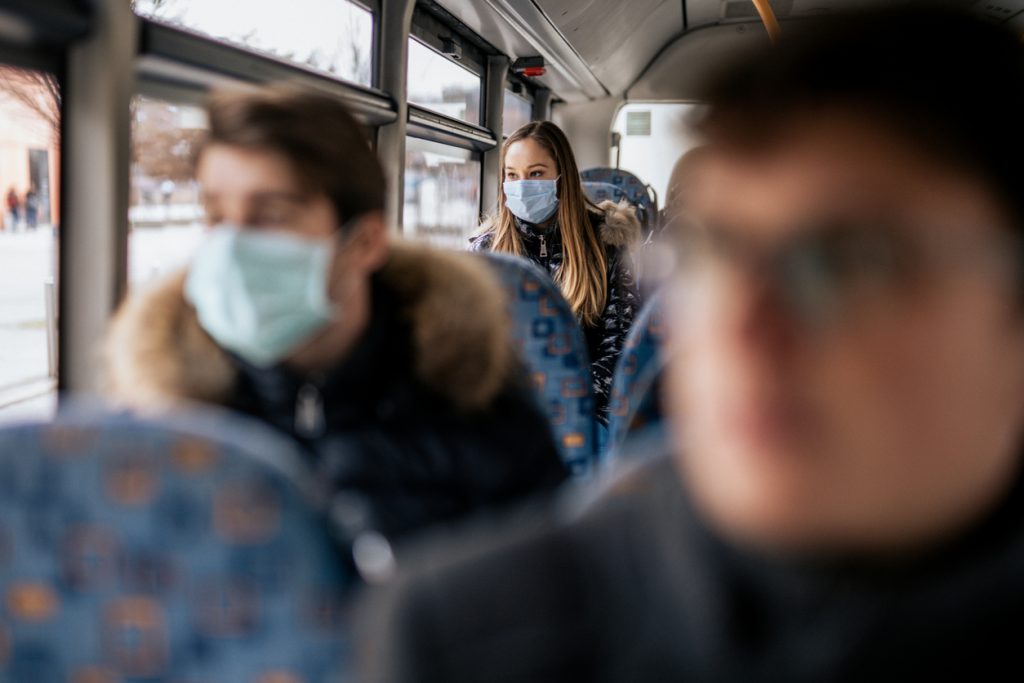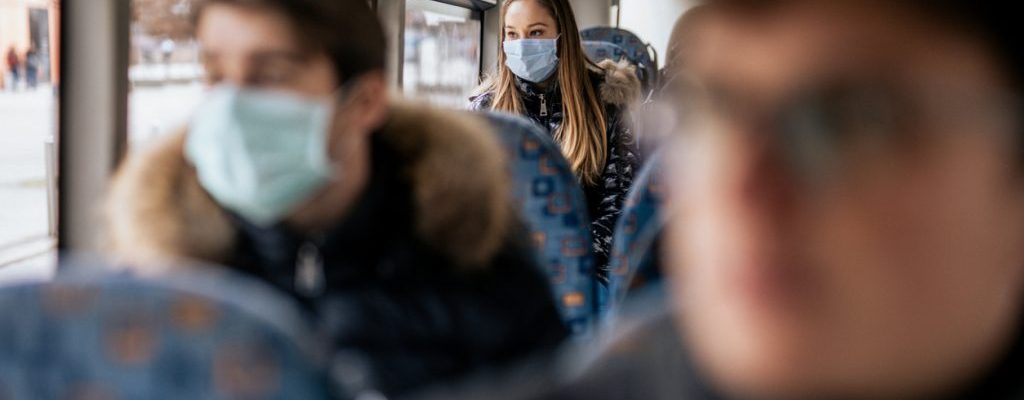An opportunity to address inequalities: learning from the first months of the COVID-19 pandemic

Recent articles by Kawachi and by Bambra and colleagues remind us that striking inequality has been a marked feature of past pandemics. No surprise then that it is the disadvantaged poor that have been hardest hit by COVID-19 in the UK, as they have all over the world. As Kawachi points out, it is as if people inhabited alternate realities, with some worried about their next haircut and others worried about their next meal.
Back in June, a PHE report revealed how the early impact of COVID-19 replicated existing health inequalities and, in some cases, increased them. National and international research has continued to add more data and evidence since. As rising numbers of cases in the UK start to feed through to hospital admissions and deaths, it is important to reflect on what we have learned from the first months of the pandemic, especially about the effects of COVID-19 on health inequalities and what can be done to mitigate them.
By health inequalities we mean systematic, avoidable and unjust differences in health and wellbeing between different groups of people. They arise because of the conditions in which we are born, grow, live, work and become older, which influence our opportunities for good health and how we think, feel and act. These conditions shape our mental health, physical health and wellbeing. They also influence our exposure and vulnerability to SARS-CoV-2 infection, our ability to manage the consequences of the disease, and how the control measures affect us. Poor living and working conditions in parts of Leicester, for example, no doubt contributed to the expansion of its epidemic in June.
An important background to the current global pandemic is the rising burden of ill health due to non-communicable disease internationally and a general global failure to address the metabolic and behavioural risks driving this trend. We also know that in the UK important risks and outcomes such as smoking, high blood pressure, obesity, diabetes and cardiovascular diseases are unequally distributed. Recent studies from the UK Biobank and general practice databases have confirmed that these illnesses and their underlying causes are associated with increased risk of serious illness and death from COVID-19.
The current pandemic is therefore best described as a syndemic – the accumulation and adverse interaction between two or more conditions in a population, often resulting from the social context in which that population lives – with COVID-19 layered on top of existing epidemics of other conditions and all strongly influenced by adverse social determinants of health.
To reduce health inequalities, action needs to be taken to address all the factors that contribute to these inequalities – reducing differences in risk of exposure, in vulnerability and in the consequences of the disease and of the control measures. Although there is a specific role for health and care services, much of the action required will be outside the health sector and both national and local government need to play a strong leadership role in mobilising formal and informal resources needed to mitigate the impact of COVID-19.
What can be done to reduce health inequalities?
Differences in exposure risk of SARS-CoV-2 infection are best reduced by ensuring everyone has the same opportunity to protect themselves from exposure to the virus. The government’s “Everybody In” policy is a great example of that – local authorities provided people who were experiencing rough sleeping access to emergency accommodation, and health services provided wraparound support including primary care and drug and alcohol treatment services during the “peak” of the pandemic, resulting in some of the most vulnerable people in our society being protected and preventing what could have been a catastrophic outcome for their health.
In terms of vulnerability, PHE has reported a clear link between obesity and deaths from coronavirus and the government subsequently announced a new strategy on obesity. Published in July, it included a marketing campaign, additional weight management services and consultation on a range of measures to restrict promotion and advertising of unhealthy foods. These measures will take time to have an effect but are still highly worthwhile.
When someone has COVID-19, the disease will affect them differently depending on what resources they have. For some a period of self-isolation may be an inconvenience, but for others it causes catastrophic loss of income. Local support services during these periods of financial stress are critical for some individuals and families. Wider COVID-19 control measures also affect people differently, depending on factors such as a person’s job and available support. The economic consequences of both the pandemic and the response measures need to be mitigated by targeted relief measures, otherwise existing health inequalities are bound to be further exacerbated.
What is being done now to protect and mitigate the impact of COVID-19 on the most vulnerable?
NHS England has outlined a series of actions in a letter urging NHS providers to work collaboratively with local communities and partners to take eight urgent actions to increase the scale and pace of progress of reducing health inequalities. Actions include protecting the most vulnerable, restoring NHS services inclusively, strengthening leadership and accountability and ensuring completeness of datasets, particularly with regards to ethnicity data.
Many other organisations are also taking action at local level to protect the most vulnerable and reduce the impact of COVID-19 on inequalities. Doctors of the World UK, for example, have complemented the suite of translated resources developed by the government by regularly publishing and updating translated resources into more than 60 languages, effectively making government guidance more widely available to vulnerable people who otherwise might rely on inaccurate information.
Local Authorities, advised by and working through their public health teams, have also done a great deal to address health inequalities during the pandemic by standing up new local targeted interventions but also by maintaining equitable access to existing core services during the pandemic under often very challenging circumstances.
What is PHE doing?
One of PHE’s key contributions throughout the pandemic has been the reporting of inequalities. Careful accumulation, management and reporting of relevant data provides the vital intelligence needed to guide management of the pandemic, including work to address inequalities. The coronavirus dashboard provides daily detailed information on the spread of the virus down to small area level, highlighting stark geographical inequality across the country. Weekly surveillance reports provide further information and breakdown by age and ethnicity , and our excess mortality reports show the differential impact of the pandemic by age, gender, ethnicity and deprivation.
Other PHE publications include the Wider Impacts of COVID-19 on Health (WICH) monitoring tool, to understand the indirect effects of the COVID-19 pandemic on the population’s health and wellbeing and on inequalities. COVID-19 and the restrictions in place have an impact on many factors related to health, such as access to healthcare, what food we buy and how active we are.
PHE also produced guidance to help protect some of the most vulnerable, including for hostel services for people experiencing homelessness and rough sleeping, for prisons and places of detention, as well as translating key guidance in multiple languages. Other existing PHE resources can support health professionals and local partners in addressing health inequalities, such as the Health Equity Assessment Tool (HEAT) , the place-based approaches to inequalities and guidance on community-centred approaches to health and wellbeing.
In response to PHE’s review of disparities in risks and outcomes, the government committed to taking action to improve the evidence base on disparities and to protecting those at greatest risk across the UK. In October the Minister for Equalities, Kemi Badenoch MP, published the first quarterly report on progress to understand and tackle COVID-19 disparities experienced by individuals from an ethnic minority background. This was accompanied by the announcement of a new ‘Community Champions’ scheme that will ‘provide funding to enhance existing communication strategies in the most at risk places, and fund work with grassroots advocates from impacted communities’.
Where are we now?
Sadly, it seems likely that the current increase in illness due to coronavirus will continue to affect disadvantaged groups disproportionately. The latest report from the Intensive Care National Audit and Research Centre (ICNARC) shows that the proportion of patients in intensive care in England from the most deprived quintile rose from 26.0% before August 30th to 37.9% by end of September , as numbers of COVID-19 cases increased. Equally, while excess deaths seem to be higher than the expected baseline for most ethnic groups, the difference is higher for both men and women of Black and Asian ethnic groups that in White ethnic groups in the last week of available data.
We must keep in mind that health inequalities, although long standing and widespread, are potentially avoidable. We are much better placed now to tackle inequality due to the pandemic and to provide the advice, protection, treatment and support required to reduce its effect. Recognising the impact that COVID-19 has had on health inequalities and acting on this knowledge decisively is a high priority for the next phase of the pandemic response. It will however require determined and co-ordinated action by multiple agencies at national and local level if we are to successfully tackle what is a complex and multi-faceted problem.
View original article
Contributor: Ines Campos-Matos

